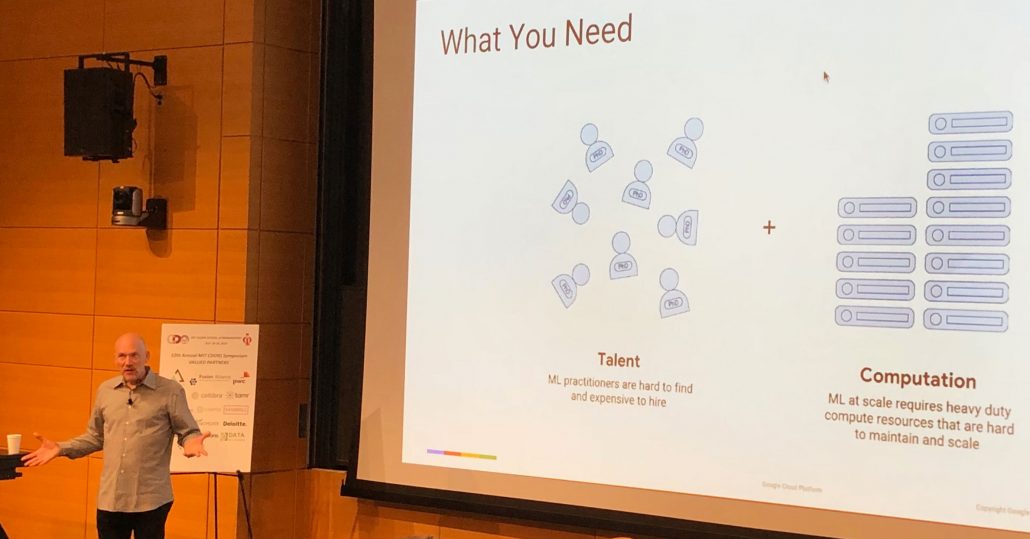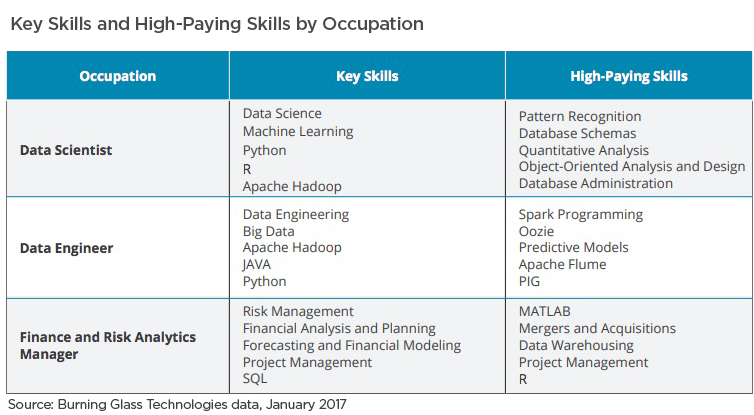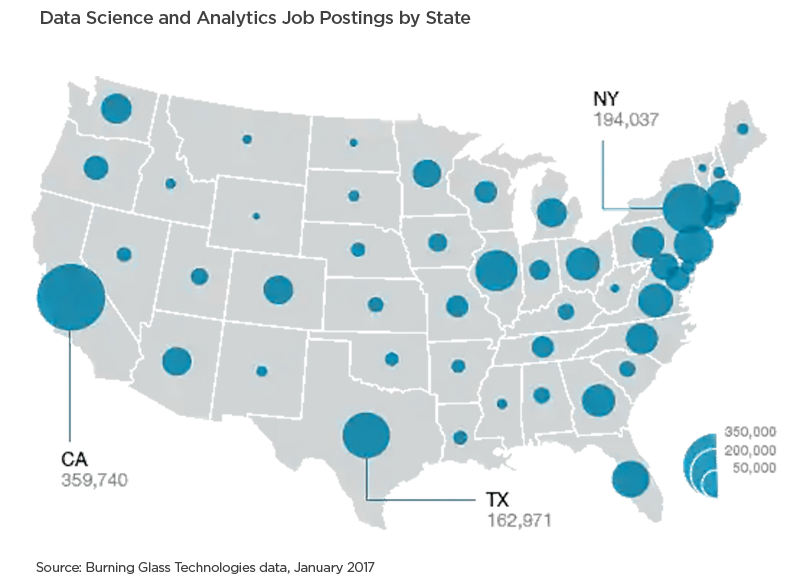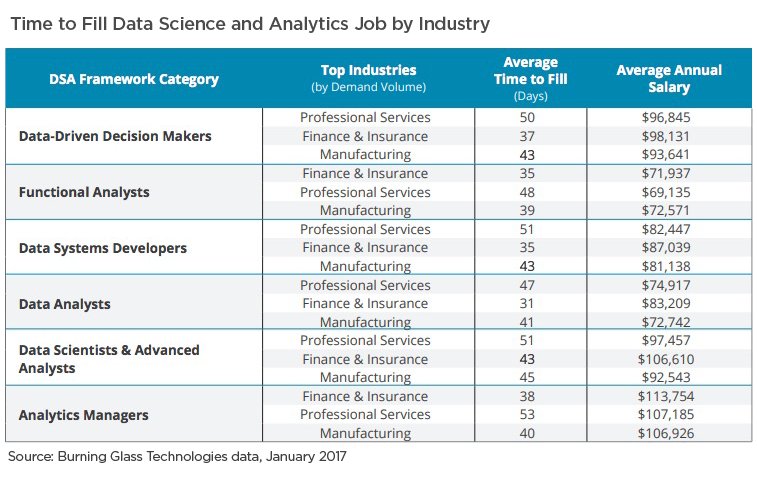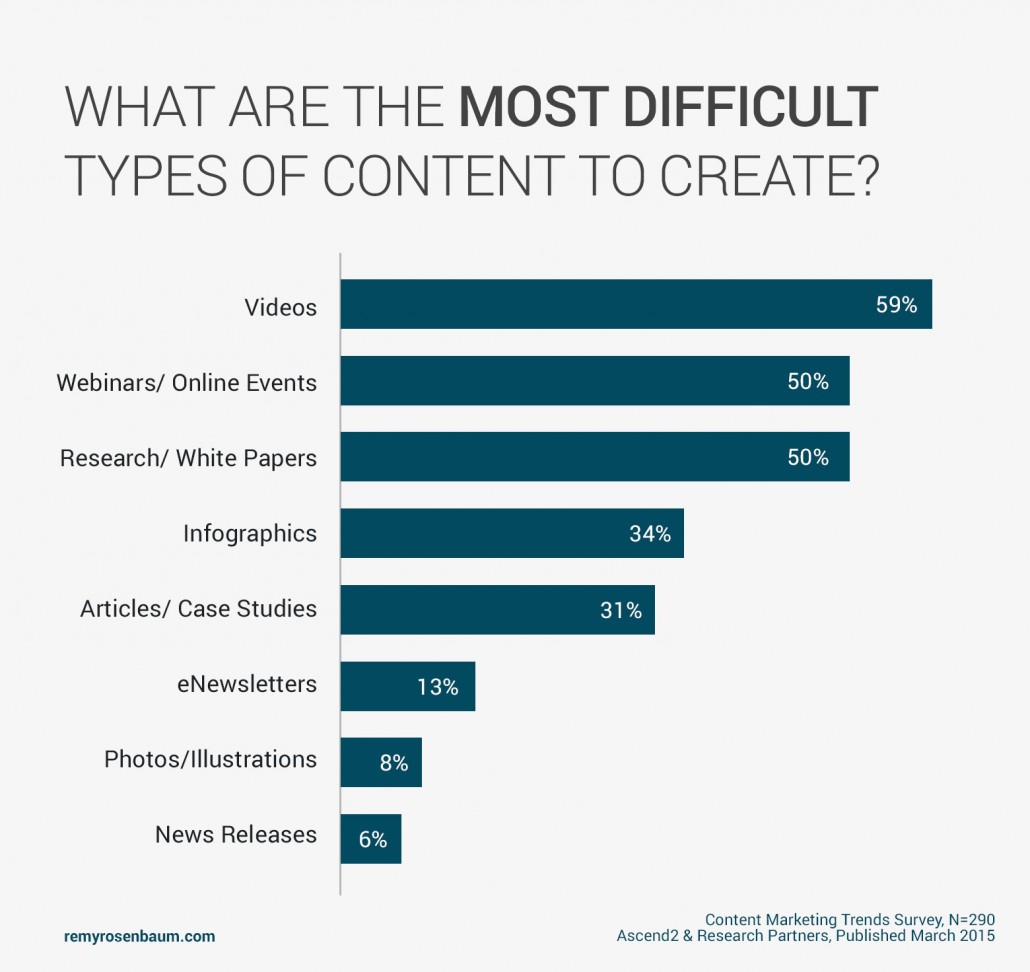The AI Emperor Has No Clothes: Builder.ai and the Perils of Overpromising
A cautionary tale of AI Unicorn roadkill.
Silicon Valley has always been a land of mythmakers. A place where garage-born startups become billion-dollar behemoths overnight, and founders sell visions faster than they ship products. But in the current gold rush for artificial intelligence, we’ve reached an inflection point. Hype is no longer just a marketing tool — it’s a liability.
Enter Builder.ai, a case study in the catastrophic consequences of selling the illusion of intelligence.
The Dream: Software Without Developers
Founded in 2016, Builder.ai rode the rising tide of AI evangelism with a seductive proposition: building custom software should be as easy as ordering a pizza. Their platform, they said, would let anyone design and deploy fully functional apps in days—powered almost entirely by artificial intelligence. Vibe coding before vibe coding was a thing.
Investors believed. Microsoft poured in cash. The Qatar Investment Authority joined a $250 million Series D round, pushing Builder.ai’s valuation past $1 billion. Headlines hailed it as the future of no-code development. The face of the company, founder Sachin Dev Duggal, was cast as the spiritual heir to Steve Jobs and the technomancer who would make developers obsolete.
Except the magic wasn’t real.
The Illusion: AI That Wasn’t AI
Behind polished pitch decks and flashy marketing videos, Builder.ai was quietly doing something very old-fashioned: using armies of human developers, most of them based offshore, to manually write the code that their “AI assistant” Natasha was supposedly generating in seconds. Essentially, a mechanical Turk.
This wasn’t just garden-variety vaporware. It was an industrial-scale mirage. The company misrepresented how much of the process was automated and how scalable its technology actually was. Former employees, speaking to multiple media outlets, described internal chaos, missed deadlines, and mounting client complaints — all while the company maintained a slick public narrative of frictionless innovation.
By 2025, the truth began to emerge in earnest: Builder.ai had overstated its projected revenue for the year by a staggering 300%, slashing expectations from $220 million to just $55 million. These weren’t minor adjustments — they were tectonic retractions, the financial equivalent of a house of cards collapsing in a wind tunnel.
The Implosion: From Unicorn to Cautionary Tale
The reckoning came swiftly. Viola Credit, one of Builder.ai’s main creditors, began proceedings to seize assets. Investor faith evaporated. The company laid off large portions of its workforce, shuttered operations in several countries, and quietly began seeking buyers for what remained of its technology.
By May 2025, Builder.ai had gone from galloping unicorn to roadkill — an emblem of everything broken in the current AI funding landscape.
AI Washing and the Seduction of the Synthetic
Let’s call this what it is: AI washing, the cynical rebranding of human labor as machine intelligence to juice valuations and dupe stakeholders.
Builder.ai is not the only offender, but it may become the most iconic. As The Next Web wrote, “FOMO investing” — the fear of missing out on the next OpenAI or Anthropic — has blinded the tech ecosystem to fundamental due diligence. In the rush to be first, investors forgot to ask: Is any of this real?
There’s something almost poetic about Builder.ai collapsing under the weight of its own myth. This was a company that sold artificial intelligence not as a tool, but as spectacle — a magic trick. But once the curtain was pulled back, all we saw was a tired stage crew frantically pulling levers behind the scenes. A ruse.
I write this not as a finger-wagging critic, but as someone deep inside the AI ecosystem. At Sedric, we build AI-powered platforms for regulated industries, where trust isn’t a nice feature to have—it’s the whole product. And every day, we see how seductive it can be to stretch the truth about what your AI can do. To blur the line between automation and augmentation. To call it “AI” when it’s really just a smart decision tree duct-taped to some manual processes.
I’ve seen more than a few fellow players in the RegTech space guilty of AI-washing their capabilities. One dead giveaway for over-hyped AI capabilities is processing time. Reports that should be ready in minutes shouldn’t take a day or more to complete.
But hype is a sugar high. And eventually, reality always shows up with a clipboard and a bankruptcy petition.
Final Thoughts: Reality Is Having a Moment
Builder.ai’s story isn’t just a business failure. It’s a morality play about the cost of ambition untethered from reality. It’s about how we fetishize disruption without asking whether it’s real—or whether we even need it.
And it’s a warning to every founder, investor, and marketer working in AI today: don’t sell the future if you haven’t built the present.
Because in the end, no amount of buzzwords, TED talks, or CGI demo reels can save you from the truth.
Remy Rosen is the VP of Marketing at Sedric, where he leads brand and communications for an AI company that believes responsibility is not optional. Opinions are his own, but feel free to borrow them.

